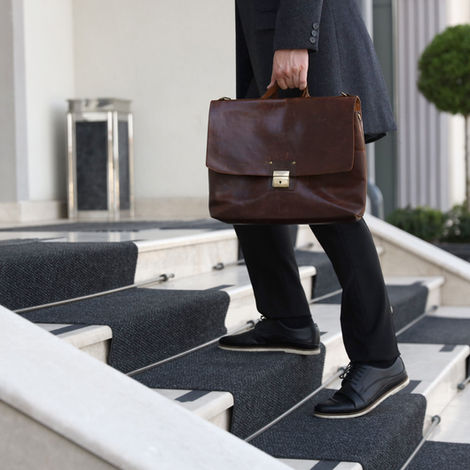top of page


Our Services


Crisis & Suicide Prevention Services
If you are in crisis and need help call our 24-Hour hotline at (419)-289-6111 or text 4HOPE to 741741.


Behavioral Health Services
Appleseed offers adult, youth, and family mental health services both in-person and through telehealth options.


For Businesses and Professionals
Appleseed offers training and educational services for professionals and businesses in our community.


School/Community Liaisons
The Community School Liaison program is an innovative program highlighting a partnership between Ashland County School District and the Ashland County Mental Health and Recovery Board.


Genoa Pharmacy
The Genoa Healthcare pharmacy opened its location at Appleseed on September 24, 2019. The caring staff at Genoa are ready to serve you – even if you’re meeting with your doctor by phone or video!


Housing Program
If you or someone you know is facing homelessness, please contact the Coordinated Entry Access Point for Ashland County: The Salvation Army Kroc Center at 419.281.8001.


Rape Crisis Domestic Violence Safe Haven
Safe Haven provides prevention, intervention, support, and advocacy to victims of domestic violence, sexual assault, intimate partner violence, and stalking in Ashland County 24 hours a day, 365 days a year.


Substance Use Program
Appleseed's Co-Occurring Program is a program designed to treat both mental health and substance use disorder.


Supported Employment
Supported Employment is an evidence-based program designed to help individuals with intellectual disabilities, mental health needs, and traumatic brain injury identify and acquire part-time or full time jobs of their choice in the community.


Support Groups
Appleseed offers several support groups and peer support such as: Grievers of Suicide, Co-Occurring CBT, Self-Improvement & Change, Voice Hearers, and more!


Transitional Age Youth Services
Transitional Age Youth Services
Transitional Age Youth services are available to ANY Ashland County resident age 16-24. Community-based liaisons help participants reach their goals towards independence such Employment, Education, Living Situations, Personal Effectiveness and Wellbeing.
Transitional Age Youth services are available to ANY Ashland County resident age 16-24. Community-based liaisons help participants reach their goals towards independence such Employment, Education, Living Situations, Personal Effectiveness and Wellbeing.


Deaf and Interpreting Services
We partner with Catalyst Life Services to provide professional interpreting services for individuals who are Deaf or Hard of Hearing, as well as for those who do not speak English as their primary language.
bottom of page
